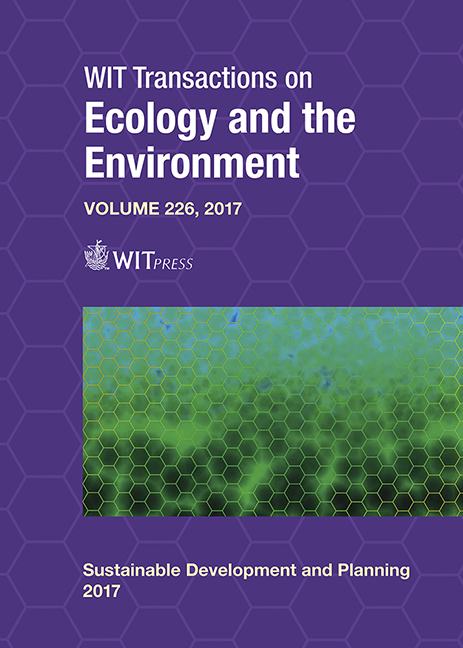COLLECTIVE SELF-ORGANIZED HOUSING: A RESEARCH STUDY TO OPTIMIZE BUILDING TECHNOLOGIES, IMPROVE EFFICIENCY AND REDUCE BUILDING CONSUMPTIONS
Price
Free (open access)
Transaction
Volume
226
Pages
12
Page Range
73 - 84
Published
2017
Size
828 kb
Paper DOI
10.2495/SDP170071
Copyright
WIT Press
Author(s)
SILVIA BRUNORO, GIACOMO BIZZARRI
Abstract
This paper illustrates the potentialities of the collective self-organized (CSO) housing model as it is plainly defined within the PROFICIENT project: “SME network business model for collective self-organized processes in the construction and retrofit of energy-efficient residential districts” (EU 7th Framework Program 2012–2016). The sharing of services and efficient building technologies represent a growing strategy that can fulfill the goal of the 20-20-20 EU energy policies. The self-organized housing process – through which a group of homeowners carry out new construction and retrofitting projects on a district scale – reflects a raised awareness towards sustainability and the increasing self-managing capabilities of European society. This can lead to communities with a shared approach to daily tasks and a strong communal life, such as in cohousing, where people choose to live in a residential community in shared services, green spaces, collective areas and low-energy buildings. The main characteristics of an optimized energy-saving technologies approach and energy sources at a district level in CSO are examined in this study, mainly considering some realized case studies, demonstrating that the sharing of goods and services can reduce living costs as energy services are optimized.
Keywords
collective self-organized housing, optimized technologies, energy saving, NzeB





